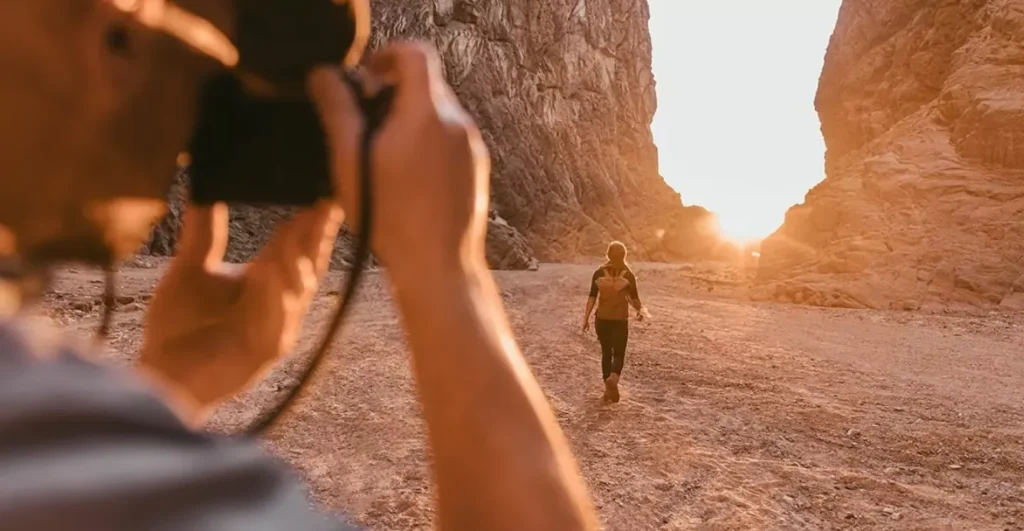Introduction
Influencer marketing has become a cornerstone of digital strategies across industries, and its impact is particularly significant in the travel and tourism sector. From showcasing breathtaking destinations to promoting unique travel experiences, travel influencers play a pivotal role in inspiring audiences and driving engagement.
This beginner-friendly guide walks you through actionable steps to create a successful influencer marketing campaign tailored for the travel and tourism industry.
Why Influencer Marketing Is Crucial for Travel and Tourism
Influencer marketing connects businesses with highly engaged audiences who trust recommendations from their favorite content creators. For travel and tourism companies, this translates into greater visibility, customer trust, and higher revenue.
- Government Collaborations: Many governments partner with influencers to boost tourism, leading to measurable increases in visitor numbers and economic benefits.
- Audience Engagement: Through authentic content, influencers make destinations and travel services more appealing, turning dreamers into doers.
- Visual Storytelling: With their ability to create immersive visuals, travel influencers transport audiences to destinations virtually, making them an integral part of tourism campaigns.
Steps to Launch a Successful Influencer Marketing Campaign
1. Define Your Budget
Setting a realistic budget is essential for influencer marketing success. Allocate a portion of your marketing budget specifically for collaborations.
- Pricing Factors: The cost depends on follower count, engagement rates, and the influencer’s platform. For example, Instagram influencers may charge less than those with a strong presence on YouTube.
- Cost-Saving Opportunities: Collaborate with nano or micro influencers for budget-friendly campaigns.
2. Collaborate with the Right Influencers
Choosing the right partner is the foundation of a successful campaign.
- Audience Fit: Ensure the influencer’s followers align with your target demographic.
- Content Quality: Analyze their past content for creativity, relevance, and consistency.
- Cross-Category Collaborations: Consider working with lifestyle or adventure influencers who frequently post travel-related content.
Pro Tip: Travel influencers with a knack for storytelling often deliver higher ROI by capturing the essence of your brand in compelling ways.
3. Create a Targeted Campaign
A clear strategy ensures that your campaign achieves its goals.
- Define Objectives: Are you aiming to increase bookings, promote a destination, or boost brand awareness?
- Plan Content: Work with influencers to create a mix of static posts, reels, and stories to maximize reach.
- Offer Guidance: Share brand guidelines and campaign themes while allowing creative freedom.
Case Study: A travel agency partnered with a U.S.-based influencer for a campaign promoting eco-tourism in Hawaii. This collaboration led to a 20% increase in website traffic and bookings during the campaign period.
4. Seize Unplanned Opportunities
Sometimes, organic influencer collaborations occur naturally.
- Hotel Stays: If an influencer visits your property, offer complimentary services in exchange for a feature.
- Event Hosting: Invite influencers to travel expos or local events to showcase your offerings.
Example: A boutique hotel in Los Angeles provided a free stay to a visiting influencer, resulting in over 50,000 impressions on Instagram.
5. Focus on Regional Marketing
For campaigns targeting specific destinations, partnering with local influencers can yield better results.
- Local Knowledge: Regional influencers often have deeper insights into their area, creating more relatable and authentic content.
- Collaborations with Tourism Boards: Work with government agencies to promote lesser-known attractions.
6. Recognize and Engage Your Target Audience
Knowing your audience is critical for a successful campaign.
- Demographics: Define your target audience by age, interests, and travel preferences.
- Audience Overlap: Research the influencer’s followers to ensure alignment with your brand.
For instance, if your brand focuses on luxury travel, collaborating with influencers who cater to high-income travelers will result in better conversion rates.
Conclusion
Influencer marketing is no longer a luxury but a necessity for travel and tourism companies looking to thrive in the digital era. By defining clear goals, choosing the right influencers, and crafting engaging campaigns, you can create impactful experiences that resonate with your audience.
Leverage the creativity and reach of travel influencers to tell your brand story and inspire journeys around the world.
